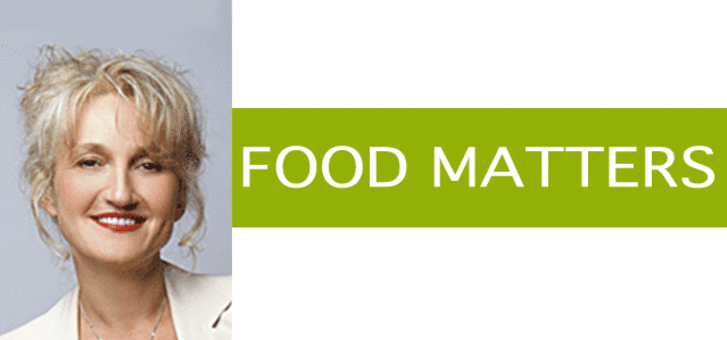Many adolescents believe that eating chocolate or fatty and sugary foods will give them a “crater face.” Recent research tends to confirm this view. The typical Western diet may indeed be the cause of zits and blemishes.
Acne affects more than 80 per cent of adolescents living Western lifestyles. Yet it is virtually nonexistent among traditional societies such as in Brazil and Papua New Guinea.
What causes acne?
Diets that regularly include high GI foods like white bread, biscuits, processed snacks and soft drinks spike insulin levels in the blood. Elevated insulin in turn raises hormones such as androgens and various growth fact-ors that promote sebum production, which causes acne to proliferate.
Anti-zit eating
The following suggestions may help your teen avoid, or at least decrease, their acne problem.
Low GI diet. The most convincing evidence for treating and preventing acne by diet comes from a Melbourne study. Male acne patients between the ages of 15 and 25 who were placed on a low GI diet experienced a 20 per cent reduction in the number of pimples overall and a 50 per cent reduction in inflammatory lesions.
Milk free. Several large population studies have linked milk intake to a higher prevalence of acne during adolescence. Fat is not a suspect however, because skim milk was even more strongly associated with pimples. Hormones and other bioactive substances in dairy products are thought to play a role.
Healthy fats. High fat diets per se are not related to acne, but some evidence suggests that the saturated fats in meat, full fat dairy and processed foods can exacerbate acne. Omega-3 fats help tone down inflammation.
Antioxidants. High doses of vitamin A can reduce acne, but the risk of toxicity to the rest of the body outweighs any potential benefits. The situation is similar with zinc, which causes gastrointestinal disturbances in high doses. The safest way for your teen to get their antioxidants is to pile their plate with fruits and vegetables, legumes, wholegrain bread and other low GI wholegrains






